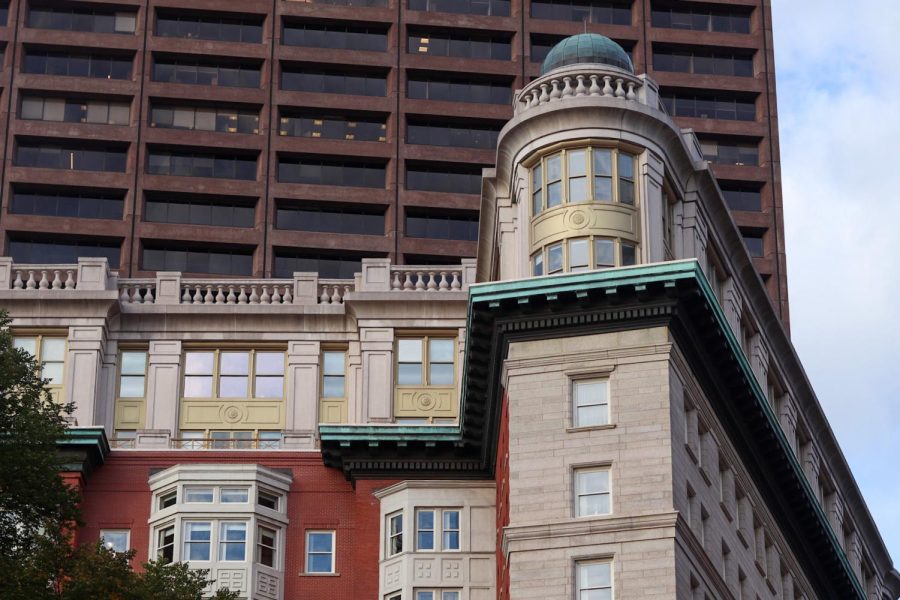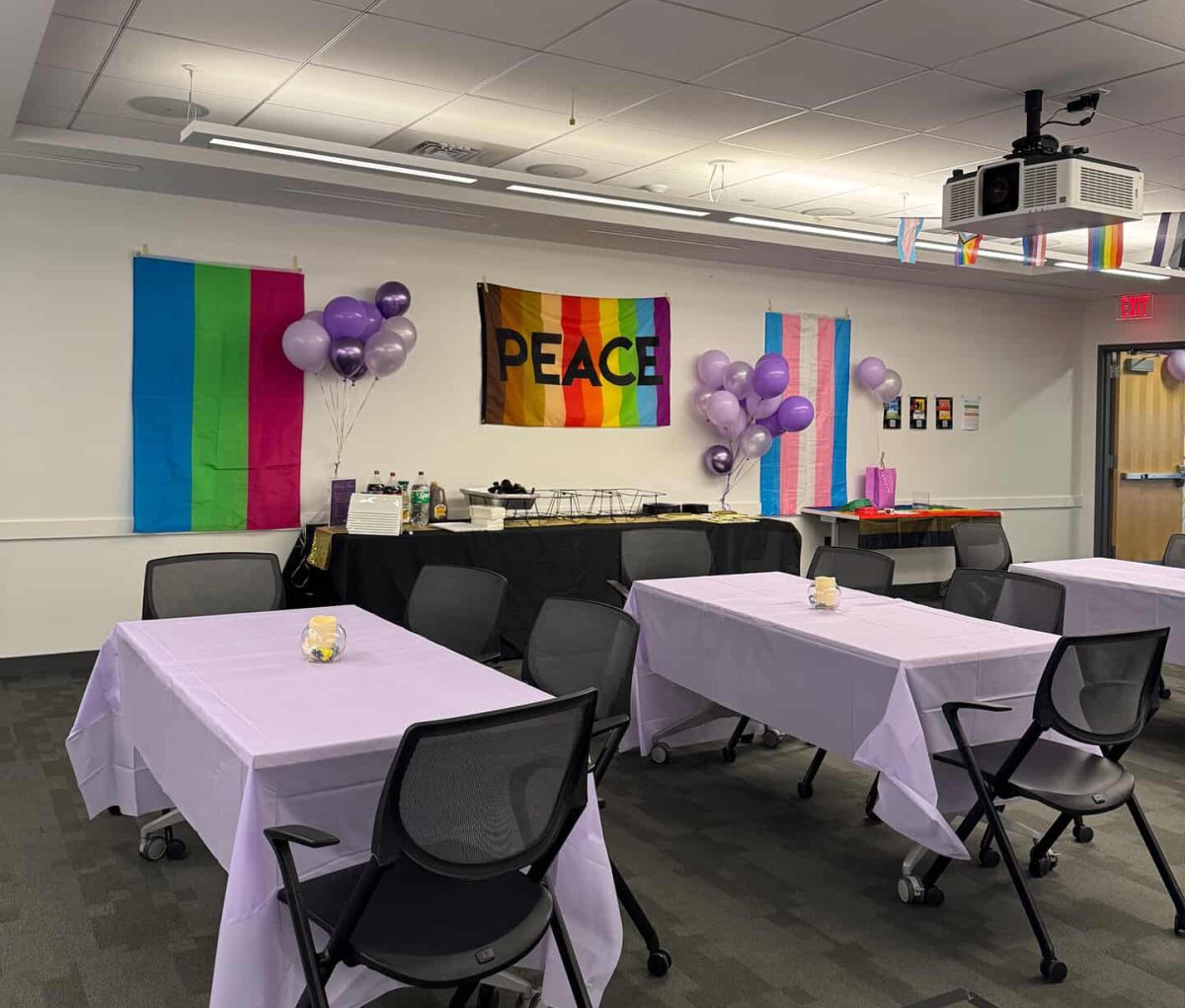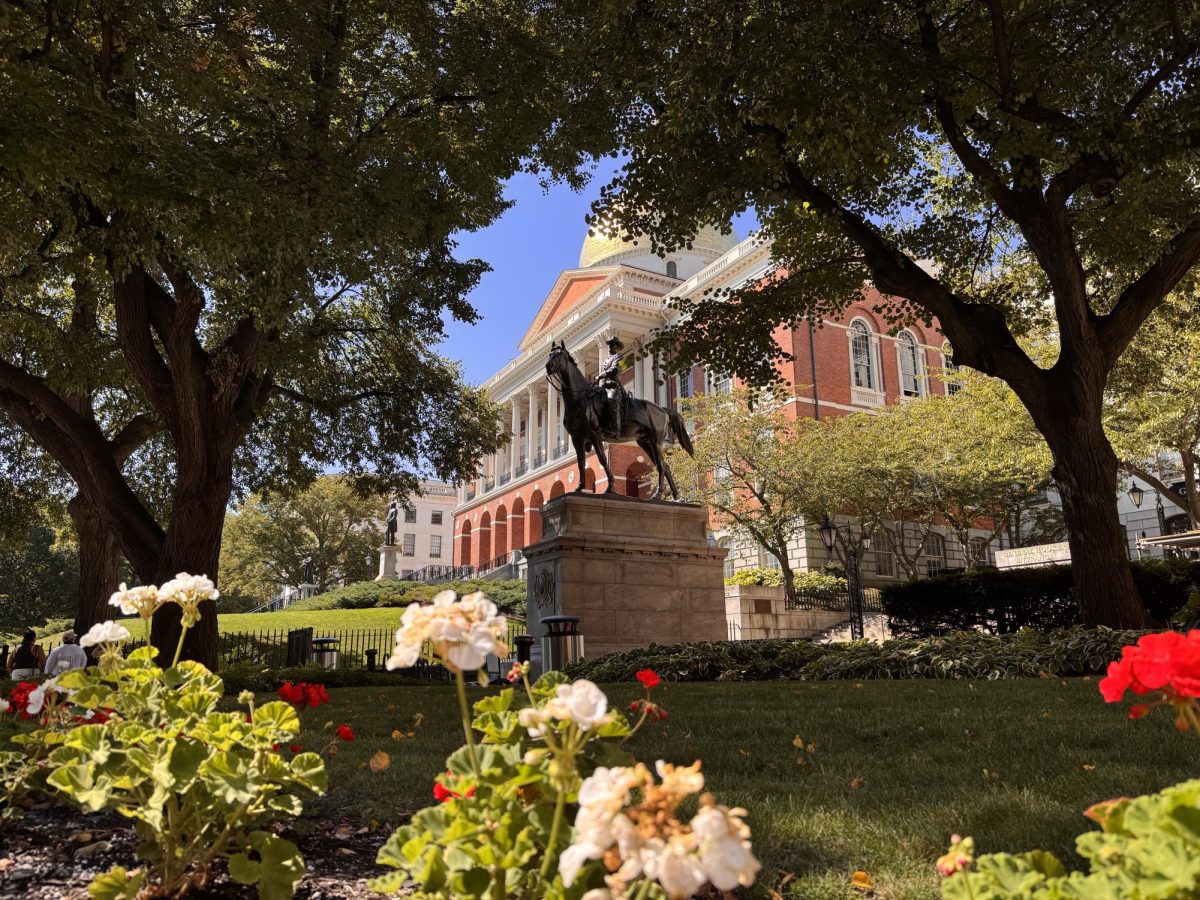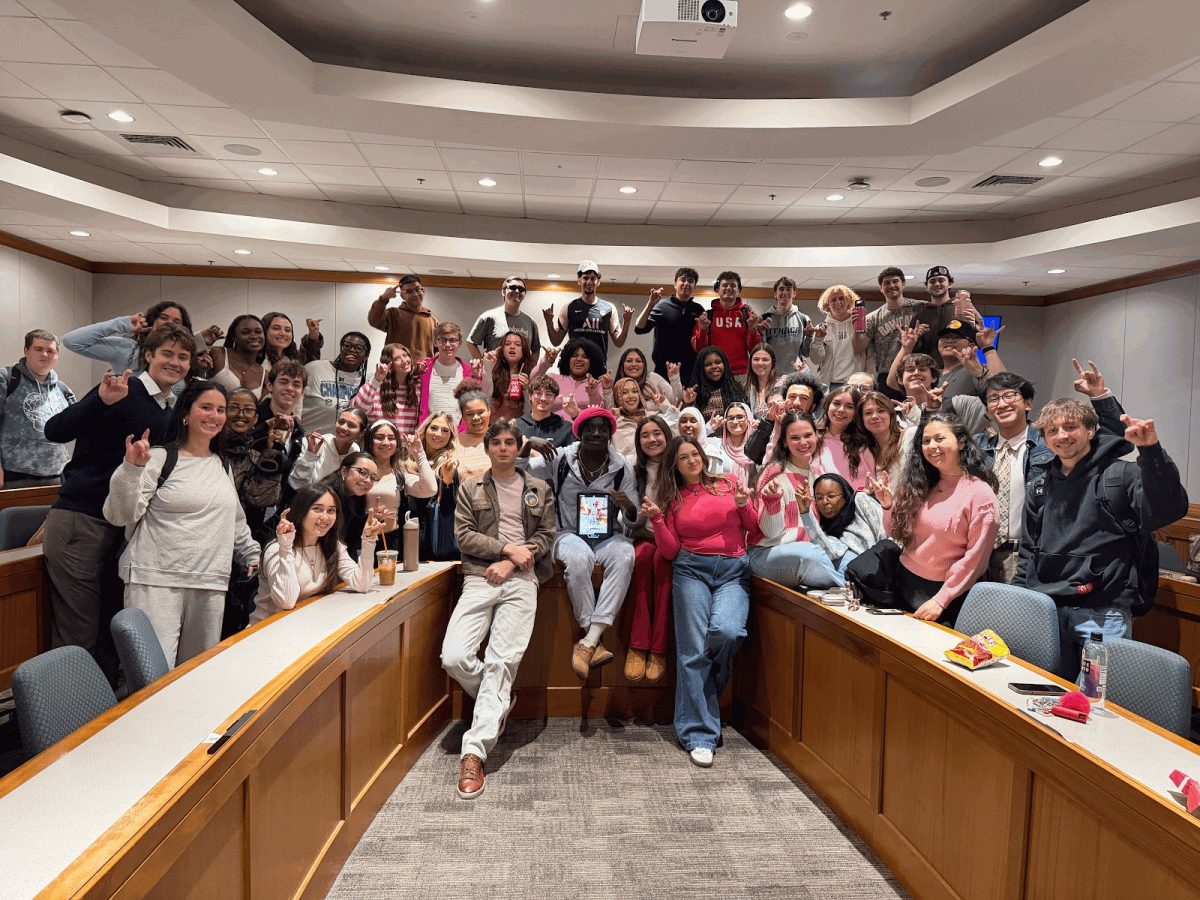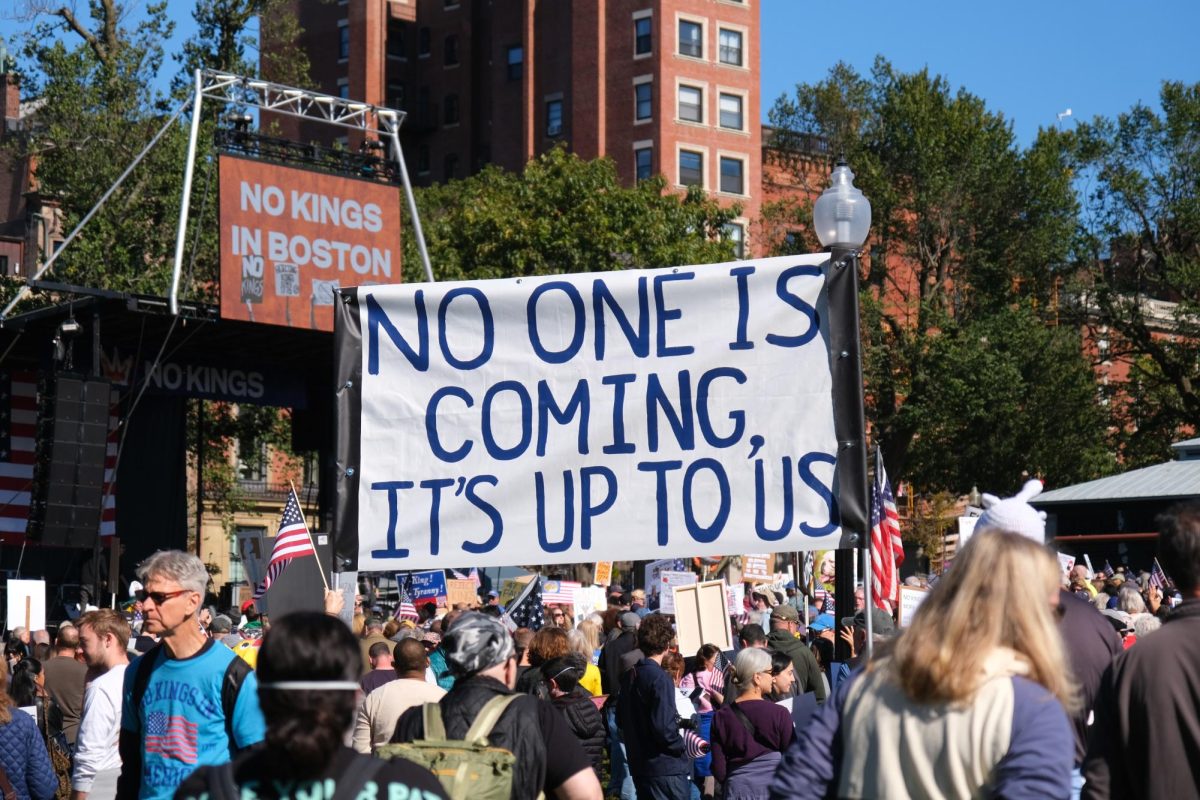Article By: Angela Bray
Future Investors in Real Estate (F.I.R.E.), a new club at Suffolk, is an organization aimed to educate students about making real life real estate decisions both professionally and personally. Student participation is encouraged to form ideas regarding Suffolk University’s properties.
“Until this semester, students have had nowhere to go for real estate help or information,” said F.I.R.E. President, Odie Fakhouri. Fakhouri is a commercial real estate investment broker, who started the club to help Suffolk students make real estate decisions. He said all students will face such decisions at some point in their lives.
Fakhouri, along with his E-board, is looking to providing knowledge and insight into the world of real estate. The E-board members include Vice President Courtney Porcella, Treasurer Jillian MacLean, Secretary Edora Wong, graduate student advisor Larry Keegan, and faculty advisor Richard Taylor.
“The purpose of this club is to educate its members in the workings of the different divisions in the real estate industry, cultivate career aspirations that surround real estate, promote real market knowledge, and provide confidence in the real estate decisions we make in life,” said Fakhouri.
Suffolk’s own real estate attorney, Michael Feely, held a discussion on Tuesday concerning the school’s real estate development, projects, and plans. Feely is a Suffolk Law School graduate and Bates College undergraduate. He covered government and community affairs and made sure everyone was on the same page as to where Suffolk needs to be. Major topics included the master plan process, new buildings, and facilities.
Suffolk recently went through a master plan process, which covers the university’s plans for the next ten years. The plan informs both neighborhoods and the university as to what will be coming in the future. Since 1996, Suffolk’s property has increased from 400,000 square feet to one million square feet. The plan for the next ten years is to gain an additional one million to the school’s property.
“We’re not limited [on space], but the general theme is that we’re spreading out in the future. Suffolk is an urban university, meaning everything cannot be in one area,” said Feely.
The university is constantly searching for opportunities to build and upgrade to larger, more modern facilities. In order to get a building passed, the location, background, expenses, and usefulness of the building must be considered. Suffolk works with the Beacon Hill Civic Association, Downtown Crossing, the North End, and the South End. Neighbors, state councils, and state representatives are also contacted.
A building located across from the Sawyer Business School was emptied about three or four years ago by the state and Suffolk has proposed a new building that will be up shortly. Half of the building will be for the New England School of Art and Design (NESAD), while the other half will consist of general university classrooms. The building’s design has an eye-catching glass front, and studios on the opposite side facing the Garden of Peace. “The building is designed and ready to go,” said Feely.
There are currently around 200 students living off-campus in the North End. However, the university does not have plans to build there at the time. “Our neighbors, in general, want us to house students,” said Feely. “But we’re looking for an area in its own sphere; we look for an advantageous environment.”
As for new facilities, Suffolk is actively searching for a place to develop a student center. “We need a location where the university wants it, as well as where students will use the facility,” said Feely. Also, a Sal’s Bakery will take over the space connected to the 150 Tremont St. dorm, which was previously a “poorly run” convenience store.
The month of November will bring a F.I.R.E. launch event. A panel of real estate brokers are also due to come in March or April when students traditionally begin the apartment search.


